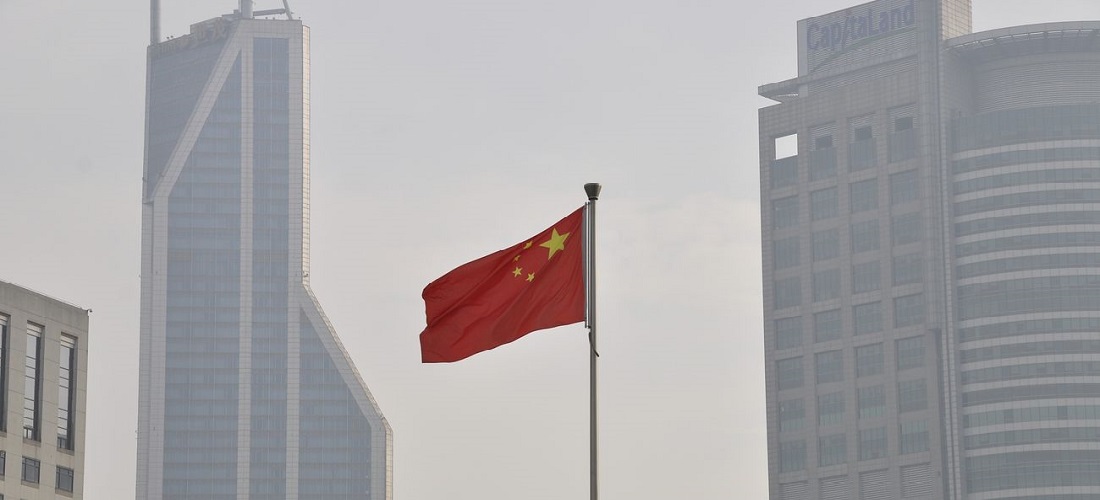The escalating trade tensions between the United States and China are not just an economic dispute; they are a defining global challenge, with important implications for the stability of the international order. The most important point to take away from this is that the US-China relationship is a much more important issue than most voters make it out to be.
The ripples of this conflict are spreading throughout Chinese society, impacting the lives of ordinary citizens. Factory workers, specifically those in export-oriented industries, are experiencing more job insecurity, as companies scale down or relocate production. Manufacturing hubs like Dongguan and Shenzhen, once symbols of China’s economic prowess, are now grappling with rising unemployment, creating economic hardship for blue-collar families.
Beyond job losses, the cost of living is rising. Imported commodity prices, like for American agricultural products like soybeans, have risen, putting more strain on household budgets. The Chinese government has made policy measures, like tax relief and infrastructure investment, to stimulate domestic consumption and decrease the impact on employment. However, these efforts have not yet solved the growing economic anxieties, specifically with young job seekers going into an increasingly competitive labor market. The heightened geopolitical tensions have also created nationalist sentiments, with state media showing China’s economic strength as being under siege.
Even with these problems, China’s manufacturing sector showed resilience in February, with the official Purchasing Managers’ Index (PMI) going to 50.2, showing expansion. This growth, driven by a surge in new orders and a post-Spring Festival holiday production rebound, gave some relief. However, the threat of more US tariffs casts a shadow over near-term export demand, maybe diverting surplus production to other markets and disrupting the global economic balance. Long-term exposure to trade tensions could also dampen foreign direct investment, lessening China’s manufacturing expansion.
The impact of the trade tensions is also obvious in the performance of Chinese stocks listed on US exchanges. Investor anxiety, created by the uncertainty surrounding US-China trade relations, has led to significant declines in the stock prices of major Chinese companies. Alibaba (BABA), JD.com (JD), and PDD Holdings (PDD) have all experienced big drops, reflecting concerns about the potential impact of tariffs on their earnings.
Looking ahead, if the US government keeps trying to add higher tariffs, Chinese companies are likely to go even faster with their diversification plans, looking for new/different production bases outside China to lessen tariff exposure. Many firms have already begun moving production to Southeast Asian countries like Vietnam, Thailand, and Indonesia. The Chinese government will also likely create further policy measures to stimulate domestic demand, ending the decline in export revenues. However, these policies could increase income inequality and economic disparities, basically for low-income workers struggling to adapt to the evolving labor market.
The US-China trade tensions have become a defining feature of the relationship, creating a complicated and volatile dynamic that now overshadows nearly every other global concern. The tariff standoff, together with the threat of further actions, has created an atmosphere of distrust, making cooperation on other global challenges much harder. This tension goes beyond economics, impacting political and diplomatic spheres. The risk of a full-blown trade war, with potentially devastating consequences for the global economy, is what this might all lead up to.
China’s economic rise and growing global influence have reshaped the balance of power, leading to a more competitive and sometimes even more than that relationship with the US. The trade tensions represent a big test of both nations’ ability to manage their differences and find common ground. The stakes are high, not only for the two countries directly involved, but for the world, as the stability of the US-China relationship is now the most important part of global trade, security, and cooperation. The current situation shows the problems in navigating a relationship between two major powers with different economic and political systems.
The increasing authoritarianism of China and the unpredictability of potential future US policies under Trump increase the risks that go with the trade tensions. China’s economic problems, together with the already unstable global environment, increase the likelihood of miscalculations and economic decoupling.
Although tensions have not significantly increased since the last presidency, the stakes are now higher because of China having become more authoritarian and due to the chaos of a Trump presidency. Trump’s whims have more weight now, having found China to be weak. Adding fuel to that fire is the potential to push away from an order of rules-based international relations and towards a strongman-operated regime.
With Biden, we had a system in which China knew exactly what would happen if it tried to do something illegal to international law, and it knew it was clear that something bad would happen only if it violated the US system of free trade and territorial integrity that generally aligns with international law, such as taking Taiwan. With Trump in office, China could gain a lot, such as making a deal with Taiwan. But it is in a dangerous position. Anytime Trump and China engage in any unfriendly actions, things could go badly much more quickly than under Biden.
Tariffs will of course affect China’s economy more than they did under Biden or Trump’s first term, as China is weaker. But the fact that these tariffs could lead to something more violent than just a confrontation means these tariffs (which affect relations by themselves) have a lot more weight and importance behind them than some other actions which seem a lot more important internationally. All of this underscores that the US-China relationship, and tariffs as a subset of it, are a much bigger issue than most voters think and should be discussed more before the next election.
Thank you for reading! Please take this poll to support the author in his Senior Project Action.







